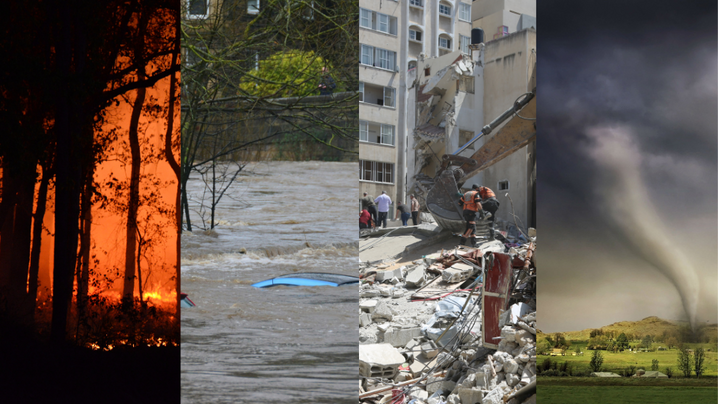
Sponsored content powered by eScribe.
As climate change drives more and more natural disasters, local governments must play a key role in safeguarding communities and fostering emergency readiness and resilience. Solutions must be innovative and collaborative due to the increasing urgency to adapt and prepare for the impacts of floods, wildfires, extreme temperatures, and other natural disasters. Here, we will explore some central components of climate change preparedness and how local governments can create resilient, sustainable, and adaptive communities.
Assessing Vulnerabilities and Risks
The starting point of any climate change preparedness plan is a comprehensive assessment of your community’s vulnerabilities and risks. This involves identifying what sorts of natural disasters are most likely to occur in your geographic location. For example, a city in the Midwestern United States might want to focus on tornado readiness, whereas a city near heavily forested areas might want to focus on wildfire readiness. It should be noted, though, that abnormal weather occurrences (like freezing temperatures and snow in Texas) are increasingly common and should be considered.
Community Engagement and Education
Building resilience requires active participation from the community. Local governments should engage citizens through educational campaigns, workshops, and outreach programs to raise awareness about climate change impacts and preparedness measures. Informed and empowered communities are better equipped to respond to challenges and actively contribute to local resilience efforts.
Sustainable Urban Planning and Infrastructure
Thoughtful urban planning is integral to climate change preparedness. Local governments can incorporate climate-resilient design principles into infrastructure projects, including flood-resilient buildings, green spaces, and sustainable transportation solutions. By adopting eco-friendly practices, cities can reduce their carbon footprint and create environments that are better equipped to withstand the impacts of climate change.
Early Warning Systems and Emergency Response Plans
Timely information is crucial in preparing for and responding to climate-related disasters. Local governments can invest in advanced early warning systems to provide residents with real-time alerts about impending hazards. Robust emergency response plans should also be in place, ensuring efficient evacuation procedures, shelter management, and coordination with relevant agencies to minimize the impact of climate-related emergencies.
Green Technology Adoption
Local governments can lead by example in mitigating climate change by embracing green technologies. This includes transitioning to renewable energy sources, implementing energy-efficient practices, switching to paperless operations, and incentivizing sustainable initiatives. Municipalities can contribute to global efforts to combat climate change by reducing carbon emissions and promoting eco-friendly practices while setting a positive example for their communities.
Collaboration and Partnerships
Effective climate change preparedness requires collaboration between local, regional, and national governments and partnerships with nongovernmental organizations, businesses, and the community. Joint efforts can leverage resources, share knowledge, and implement comprehensive strategies to address the multifaceted challenges of climate change.
Resilience in Agricultural and Water Management
Local economies are often deeply tied to agriculture, so incorporating climate-resilient practices in farming and water management is essential. Local governments can support farmers in adopting sustainable agricultural methods, promoting water conservation, and developing resilient water supply systems to ensure food security and economic stability in changing climate conditions.
Conclusion: Navigating Climate Change Together
Climate change preparedness is not a solitary endeavor; it requires a collective commitment to building resilient communities that can withstand the challenges of a changing climate while also working to mitigate it altogether. Local governments have a unique opportunity to lead the way on this front. By prioritizing community engagement, sustainable development, and proactive strategies, local governments can play a vital role in creating a resilient and sustainable future for their residents.
Discover how local governments can lead the charge in climate emergency preparedness with eScribe.
New, Reduced Membership Dues
A new, reduced dues rate is available for CAOs/ACAOs, along with additional discounts for those in smaller communities, has been implemented. Learn more and be sure to join or renew today!
